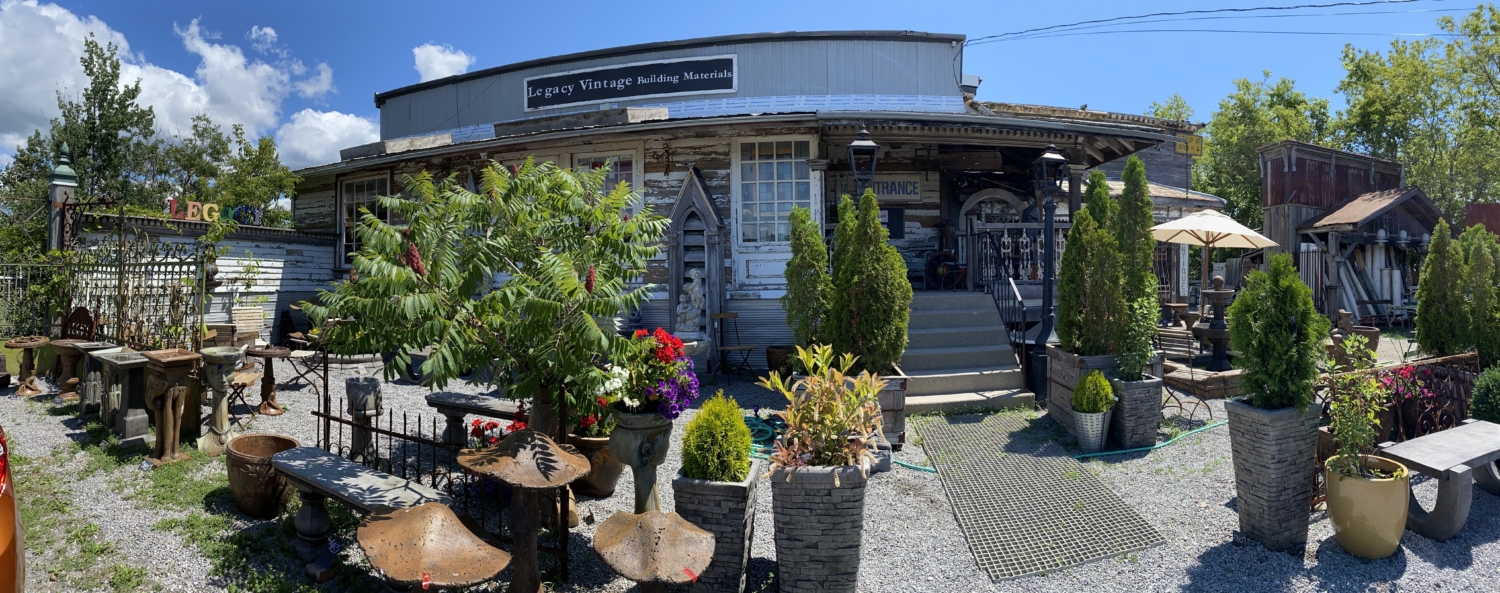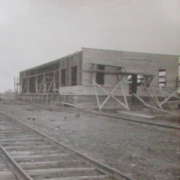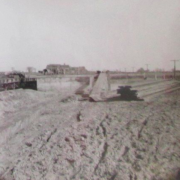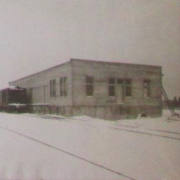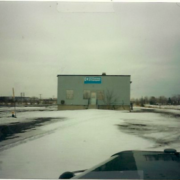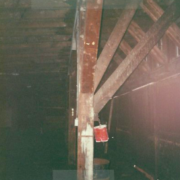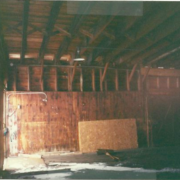History of our Warehouse
Formerly the site of the Canadian Pacific Railway Express Yard, the Legacy Warehouse and its contents offer a double-barreled delight for visitors. As you enter, the cavernous structure testifies to the enduring value of early industrial construction. The building was completed during the winter of 1903/04. At the same time, Legacy presents a meticulously organized inventory of artifacts resplendent with design, materials and craftsmanship found only in the labour-intensive times gone by.
Legacy’s enterprise is housed in a 10,000 square foot post and beam structure on three acres of storage yard, just minutes from the trans-Canada highway, one hour east of Toronto. The structure was built to provide a regional express-freight warehouse for the Canadian Pacific Railway.
During its early years Cobourg was perceived as a transportation hub, blessed as it was with a deep harbour directly linked to Rochester New York by ferry and to the rest of the world by sea going vessels. Additionally the ill-fated Cobourg-Peterborough Railway accessed the Kawarthas and the forests of the northern counties. However, Cobourg did not become the capital of Ontario and commerce shifted west in the early 1900’s. In the latter half of the 20th century the stockpiled mountains of coal disappeared from the waterfront. So too did the high-rise oil tanks vanish to make way for a yacht club and residential foreshore development. Trucking and “just in time” deliveries relegated railway transportation to long haul routes. Cobourg’s King Street traffic was no longer stopped to make way for trains jockeying up and down Spring Street to the waterfront. The crossing guard was retired, his shed sold at auction and the railway spur lines were torn up. The CPR Express shed, once a hive of activity on the trans-Canada line survived, but grew slowly quiet as the 20th century wore on.


